1.Do custom vendor tents offer additional accessories?
Yes, many custom vendor tents often offer a range of additional accessories to enhance functionality, appearance, and usability. The availability of accessories can vary depending on the supplier and the type of tent, but here are some common accessories that are often offered:
Sidewalls:
- Sidewalls can provide additional protection from wind, rain, and sun. They may be solid, clear, or have windows, offering flexibility based on specific needs.
Weight Bags or Plates:
- Weight bags or plates help stabilize the tent, especially in outdoor settings where staking may not be possible. This is crucial for maintaining the tent’s stability in various weather conditions.
Lighting Options:
- Various lighting options, such as LED lights or string lights, can be added to the tent to improve visibility during evening events or in dimly lit spaces.
Customized Printing or Branding:
- While not exactly an accessory, the ability to customize the printing on the tent itself allows for unique branding and promotional opportunities.
Flag Holders:
- Some tents come with attachments or holders for flags, allowing businesses to further promote their brand or add decorative elements.
Carry Bags or Cases:
- Sturdy carry bags or cases make transportation and storage more convenient, protecting the tent from damage during transit.
Heating or Cooling Systems:
- For events in extreme weather conditions, some suppliers offer accessories like heaters or cooling systems to ensure comfort inside the tent.
Rain Gutters:
- Rain gutters are designed to channel water away from the tent’s edges, preventing water from dripping inside when multiple tents are set up side by side.
Flooring Options:
- Some suppliers offer flooring options that can be added to the tent setup. This can be particularly useful for creating a more comfortable and visually appealing space.
Customizable Frame Options:
- While the tent frame itself is a critical component, some suppliers may offer customizable frame options, allowing customers to choose specific materials or features.
It’s essential for customers to discuss their specific needs and preferences with the tent supplier to determine which accessories are available and compatible with their chosen custom vendor tent. The availability of accessories can greatly enhance the versatility and usability of the tent for various events and purposes.
2.Does the event tent 10×20 have ventilation features?
The presence of ventilation features in a 10×20 event tent can vary based on the specific model and design. Here are some considerations regarding ventilation features:
Windows or Mesh Panels:
- Some 10×20 event tents come with windows or mesh panels to allow for natural ventilation. These features can enhance airflow and prevent the interior from becoming too stuffy.
Vents at the Top:
- Certain tent designs include vents at the top, which can facilitate the release of warm air and promote better circulation within the tent.
Adjustable Sidewalls:
- If the tent comes with sidewalls, check whether they are adjustable or removable. Having this flexibility allows users to control the level of ventilation based on the weather conditions.
Zippered Doors:
- Tents with zippered doors provide an option to keep the doors partially open, creating a pathway for air to circulate and maintain a comfortable temperature inside.
Customization Options:
- Some manufacturers offer customization options that may include additional ventilation features based on the buyer’s preferences. This could involve specific designs for windows, vents, or other airflow-enhancing elements.
Before purchasing a 10×20 event tent, it’s advisable to check the product specifications or consult with the supplier to confirm the ventilation features included with the specific model. Adequate ventilation is important, especially during warm weather or in crowded events, to ensure the comfort of the occupants inside the tent.
3.How event tent dimensions affect tent capacity?
The dimensions of an event tent play a crucial role in determining its capacity, influencing how many people it can comfortably accommodate and the overall functionality of the space. Here’s how event tent dimensions affect tent capacity:
Total Floor Area:
- The primary factor influencing capacity is the total floor area of the tent. Larger tents with greater square footage can accommodate more people.
Seating Arrangements:
- The layout and arrangement of seating also impact capacity. For example, theater-style seating requires less space per person compared to banquet-style seating with larger tables.
Standing Room vs. Seating Capacity:
- A tent’s dimensions not only affect seating capacity but also influence the total number of people it can accommodate when standing. This is particularly relevant for events with a mix of seating and standing areas.
Clearance Height:
- The height of the tent is crucial, especially for events that involve stages, presentations, or elevated activities. Tents with higher clearances can accommodate structures or equipment that require vertical space.
Aisles and Walkways:
- The layout of aisles and walkways within the tent impacts how people move and interact. Adequate space for circulation is essential for larger events to ensure a comfortable and accessible environment.
Space for Additional Features:
- Larger tents provide more flexibility for incorporating additional features such as catering stations, bars, stages, or exhibition booths without compromising the overall capacity.
Compliance with Safety Regulations:
- Event tent dimensions must comply with safety regulations, including occupancy limits set by local authorities. This ensures the safety and well-being of attendees.
Weather Considerations:
- The dimensions of the tent also influence its stability in different weather conditions. Larger tents may require more robust anchoring systems to withstand wind loads, which can impact capacity during adverse weather.
Flexibility for Different Events:
- Tents with adaptable dimensions offer greater flexibility for different types of events. Adjustable configurations allow for optimal space utilization based on the specific requirements of each occasion.
Spatial Design and Atmosphere:
- The overall feel and atmosphere of the event can be influenced by the tent’s dimensions. A well-designed layout can create an intimate setting for smaller gatherings or a spacious environment for larger events.
Event planners and organizers must carefully consider these factors when selecting an event tent to ensure that it not only meets capacity requirements but also provides a comfortable and enjoyable experience for attendees. The relationship between event tent dimensions and capacity is a critical aspect of successful event planning.
4.How are fireproof tents different from regular tents?
Fireproof tents differ from regular tents in terms of the materials used and their ability to resist or retard flames. Here are some key distinctions between fireproof tents and regular tents:
Material Composition:
- Fireproof Tents: These tents are constructed using materials specifically designed to resist or delay the spread of flames. Common fire-resistant materials include flame-retardant fabrics, often treated with chemical coatings to enhance fire resistance.
- Regular Tents: Standard tents typically use materials like polyester or nylon, which may not have inherent fire-resistant properties.
Fire Resistance Certification:
- Fireproof Tents: Fireproof tents often undergo testing to meet specific fire resistance standards or certifications. This ensures that the materials used in the tent construction meet certain safety criteria.
- Regular Tents: Standard tents may not have undergone specific fire resistance testing and may not be equipped to handle exposure to flames.
Ignition Point and Flame Spread:
- Fireproof Tents: The materials in fireproof tents have a higher ignition point, meaning they require more heat to catch fire. Additionally, these materials are designed to resist the spread of flames, providing a safer environment in case of fire.
- Regular Tents: Standard tent materials may have a lower ignition point, and once ignited, the flames may spread more rapidly.
Use in Indoor Environments:
- Fireproof Tents: Fireproof tents may be designed for use in indoor settings, such as exhibition halls or event venues, where compliance with indoor fire safety regulations is essential.
- Regular Tents: Standard tents may not be suitable for indoor use due to potential fire safety concerns.
Customization and Branding:
- Fireproof Tents: While fireproof tents prioritize safety, they may still offer options for customization and branding. Manufacturers may use fire-resistant printing techniques for logos or graphics.
- Regular Tents: Standard tents often provide more flexibility for customization but may not have fire-resistant printing options.
Safety Features:
- Fireproof Tents: Fireproof tents may incorporate additional safety features, such as fire-resistant zippers, reinforced seams, and flame-retardant stitching, to enhance overall safety.
- Regular Tents: Standard tents may not have these specific safety features designed to mitigate fire risks.
Durability and Weather Resistance:
- Fireproof Tents: Fireproof materials are often chosen for their durability and resistance to weather conditions, making fireproof tents suitable for a variety of environments.
- Regular Tents: Standard tents may have varying levels of durability and weather resistance depending on the materials used.
When choosing between fireproof tents and regular tents, individuals and organizations should consider the specific safety requirements of their intended use and the regulatory standards applicable to the environment where the tent will be deployed.
5.What materials are used in the construction of fire retardant pop up tent?
6.Does a fire retardant canopy comply with any safety standards or certifications?
Yes, fire retardant canopies are often designed and manufactured to comply with specific safety standards or certifications related to fire resistance. Here are some common safety standards and certifications that fire retardant canopies may adhere to:
NFPA 701:
- The National Fire Protection Association (NFPA) has a standard, NFPA 701: Standard Methods of Fire Tests for Flame Propagation of Textiles and Films. This standard sets criteria for evaluating the flammability of textiles, including canopies and other materials used in public spaces.
CPAI-84:
- The Canopy and Tent Flame Resistance standard (CPAI-84) is a widely recognized standard in the tent and canopy industry. It establishes requirements for flame resistance testing for materials used in recreational tents and canopies.
California State Fire Marshal (CSFM):
- Some fire retardant canopies may comply with regulations set by the California State Fire Marshal, which includes testing for flame resistance and heat resistance.
EN 13501-1:
- This European standard provides classification criteria for the fire performance of construction products and building elements, including textiles. Canopies designed for the European market may adhere to this standard.
ISO 6941:
- ISO 6941 is an international standard that specifies a method for assessing the flammability of vertically oriented textiles and textile products when subjected to a small, open flame.
ASTM E84:
- ASTM E84, known as the Steiner tunnel test, is a standard test method for assessing the surface burning characteristics of building materials. It is often used for evaluating flame spread on canopies and other textile products.
UL 214 Standard:
- Underwriters Laboratories (UL) offers standards for various products, and UL 214 covers fabric materials for canopies and awnings, testing them for flame resistance.
When purchasing a fire retardant canopy, it’s important to check the product documentation, labels, or tags provided by the manufacturer. These documents often indicate whether the canopy complies with specific safety standards and certifications. Meeting these standards ensures that the canopy has undergone testing and meets the necessary criteria for fire resistance, providing a higher level of safety assurance for users.
7.Can fireproof tents be used indoors, and do they meet indoor fire safety regulations?
Fireproof tents are typically designed to meet certain fire safety standards, and they may be suitable for indoor use depending on their specifications and compliance with relevant regulations. Here are key considerations regarding the use of fireproof tents indoors:
Material and Certification:
- Fireproof tents are often constructed with materials that have been treated to resist or retard flames. Before using a fireproof tent indoors, check if it complies with specific indoor fire safety certifications, such as those required by local authorities or building codes.
Indoor Fire Safety Regulations:
- Verify that the fireproof tent meets the indoor fire safety regulations of the venue or location where it will be set up. Different regions may have specific requirements for materials used indoors, especially in public spaces.
Venue Approval:
- Obtain approval from the venue management or relevant authorities before setting up a fireproof tent indoors. Some venues may have specific guidelines for the use of temporary structures, including fire safety considerations.
Ventilation:
- Consider the ventilation requirements of the indoor space. Adequate airflow is important, and fireproof tents should not impede the ventilation systems or compromise the safety of occupants.
Emergency Exits:
- Ensure that the fireproof tent does not obstruct emergency exits or evacuation routes within the indoor space. Safety regulations typically require clear pathways for evacuation in case of an emergency.
Assembly and Disassembly:
- Follow the manufacturer’s guidelines for proper assembly and disassembly of the fireproof tent indoors. Some fireproof tents are designed for easy setup and removal, minimizing disruption to the indoor environment.
Use of Heating Equipment:
- Check if the fireproof tent is compatible with any heating equipment that may be used indoors. Follow guidelines to ensure the safe use of heating sources without compromising the fire-resistant properties of the tent.
Insurance Requirements:
- Verify if there are any insurance requirements or considerations associated with using a fireproof tent indoors. Some venues may have specific insurance conditions for temporary structures.
Permitting Process:
- In some cases, acquiring a permit may be necessary before setting up a fireproof tent indoors. Check with local authorities to understand the permitting process and any requirements.
Emergency Preparedness:
- Have an emergency preparedness plan in place, including communication of evacuation procedures and awareness of emergency exits. This is crucial for ensuring the safety of occupants in case of unforeseen circumstances.
Always consult with the venue management, local authorities, or fire safety professionals to ensure that the fireproof tent is used safely and in compliance with all relevant regulations when considering indoor setups.
8.Does a fireproof canopy cost more than a regular canopy, and is the investment justified for safety reasons?
The cost of a fireproof canopy compared to a regular canopy can vary depending on factors such as materials used, certifications, and additional safety features. Here are considerations regarding the cost and whether the investment is justified for safety reasons:
Higher Initial Cost:
- Fireproof canopies often come with a higher initial cost compared to regular canopies. The materials and treatments used to make the canopy fire-resistant contribute to the increased expense.
Certifications and Compliance:
- Obtaining certifications for fire resistance involves additional testing and quality control measures, which may contribute to the overall cost of manufacturing a fireproof canopy. Compliance with safety standards may also impact pricing.
Material Quality:
- Fire-resistant materials and coatings used in the construction of fireproof canopies are generally of higher quality and designed to withstand exposure to flames. This can contribute to the overall cost but ensures a higher level of safety.
Enhanced Safety Features:
- Fireproof canopies may include additional safety features, such as fire-resistant zippers, reinforced seams, and flame-retardant stitching. These features contribute to the higher cost but enhance overall safety.
Long-Term Investment:
- While the initial cost may be higher, a fireproof canopy can be viewed as a long-term investment in safety. The enhanced fire resistance may contribute to the longevity of the canopy, providing peace of mind for users.
Compliance with Regulations:
- In certain situations, compliance with fire safety regulations may be a requirement. Investing in a fireproof canopy ensures that the structure meets or exceeds these regulations, avoiding potential fines or legal issues.
Brand Image and Reputation:
- For businesses and organizations, the use of fireproof canopies can enhance brand image and reputation. Demonstrating a commitment to safety can be valuable, especially in events where public safety is a priority.
Insurance Considerations:
- Some insurance policies may take into account the safety features of structures used in events. Having a fireproof canopy may positively influence insurance considerations and costs.
Event-Specific Needs:
- For events with specific safety requirements or where fire safety is a critical concern, the investment in a fireproof canopy is often justified by meeting these specific needs.
Peace of Mind:
- The peace of mind that comes with knowing the canopy is designed to resist flames can be invaluable, particularly in situations where fire safety is a primary consideration.
When deciding whether the investment in a fireproof canopy is justified, it’s essential to weigh the initial cost against the potential benefits in terms of safety, compliance, and long-term use. The decision should align with the specific requirements and priorities of the individuals or organizations using the canopy.
9.What is the peak height of the ez pop up tent 10×20?
The peak height of an EZ pop-up tent with dimensions of 10×20 can vary depending on the specific model and design. EZ pop-up tents are available in various styles, and each model may have its own peak height specifications. Typically, the peak height for a 10×20 EZ pop-up tent ranges between 9 to 11 feet.
To determine the exact peak height of a specific EZ pop-up tent model, it is recommended to refer to the product specifications provided by the manufacturer. This information is often available in the product manual or on the manufacturer’s website. Checking the specifications ensures that you have accurate details about the tent’s dimensions, including the peak height, before making a purchase.




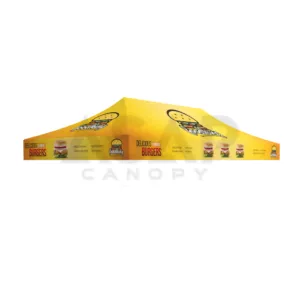
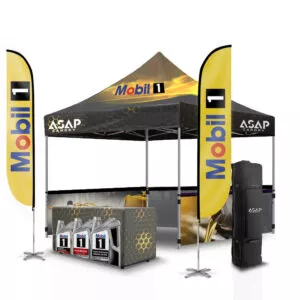


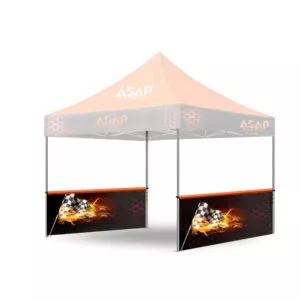
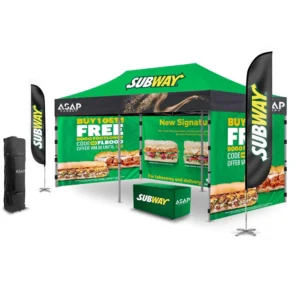

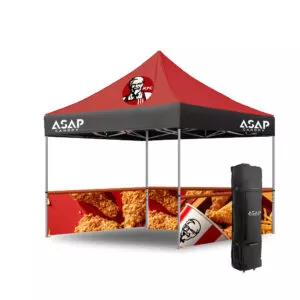
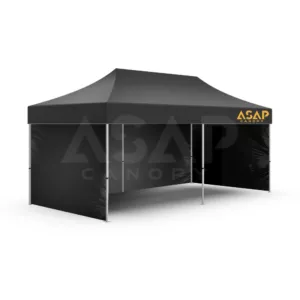



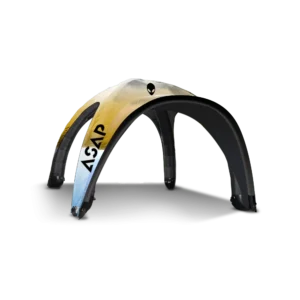

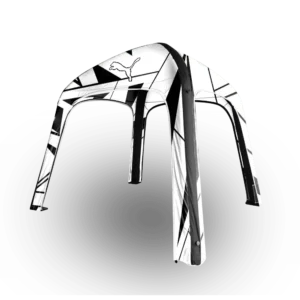



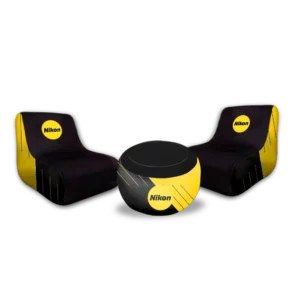




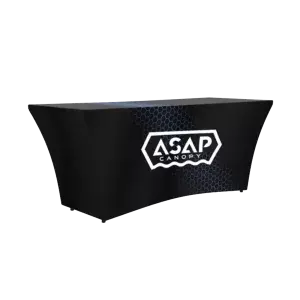

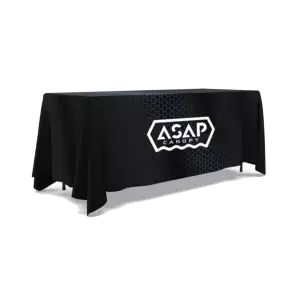





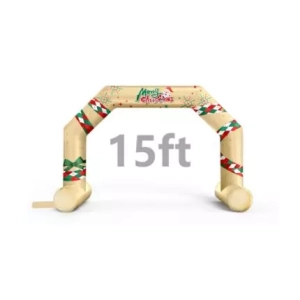





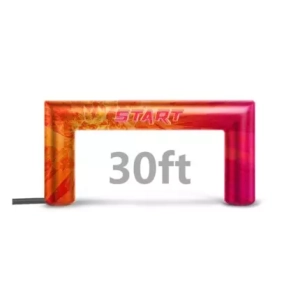





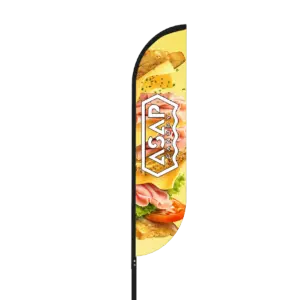


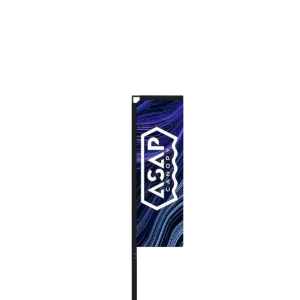

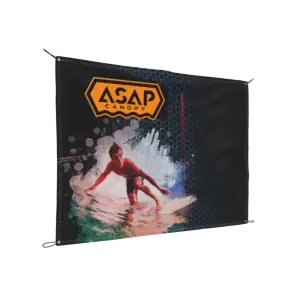
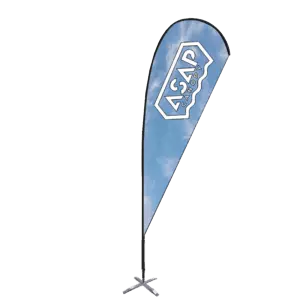

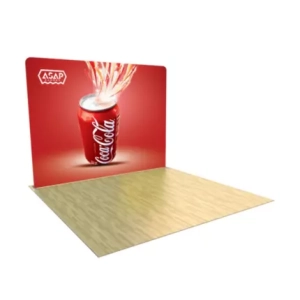

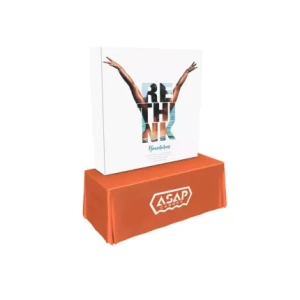
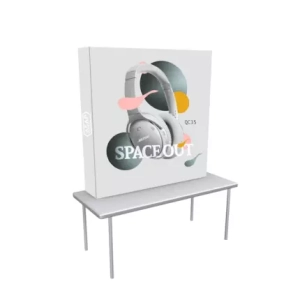
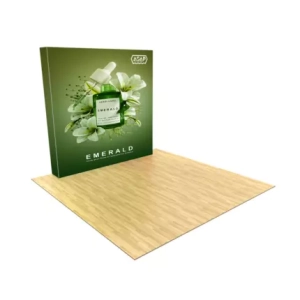


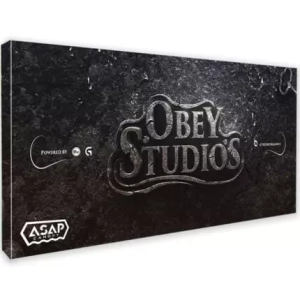
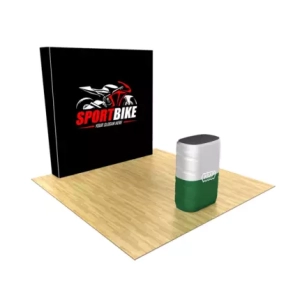






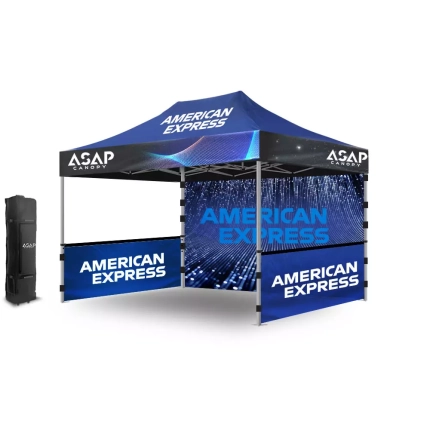
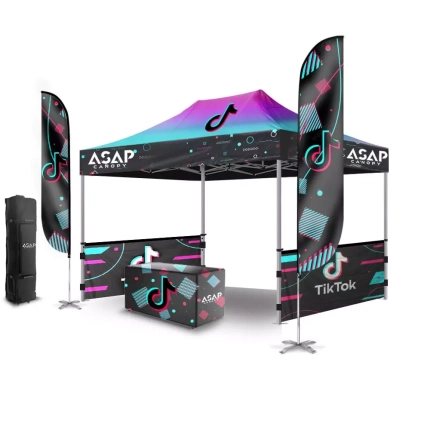
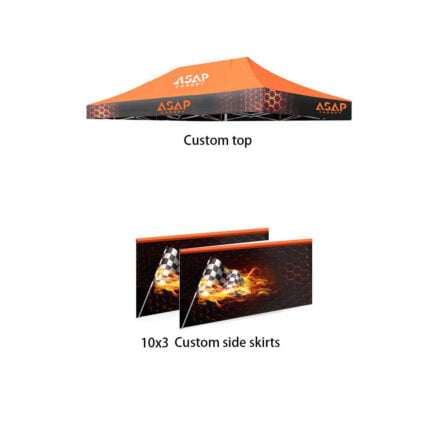








 5×5 Pop Up Tent
5×5 Pop Up Tent 6.5×6.5 Pop Up Tent
6.5×6.5 Pop Up Tent 10×10 Canopy Tent
10×10 Canopy Tent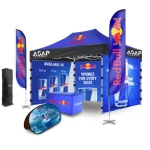 10×15 Canopy Tent
10×15 Canopy Tent 10×20 Canopy Tent
10×20 Canopy Tent Canopy Options
Canopy Options Blank Canopy Top
Blank Canopy Top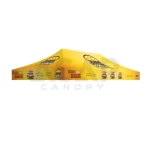 Canopy Top
Canopy Top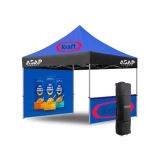 Canopy Walls
Canopy Walls Canopy Side Skirt
Canopy Side Skirt Blank Canopy
Blank Canopy Blank Canopy Kit
Blank Canopy Kit
 Inflatable Canopy Tents 10×10
Inflatable Canopy Tents 10×10 Inflatable Canopy Tents 13×13
Inflatable Canopy Tents 13×13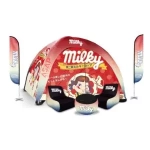 Inflatable Canopy Tents 16×16
Inflatable Canopy Tents 16×16 Inflatable Canopy Tents 20×20
Inflatable Canopy Tents 20×20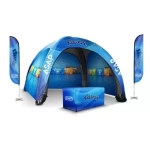 Inflatable Canopy Tents 23×23
Inflatable Canopy Tents 23×23 Inflatable Canopy Tents 26×26
Inflatable Canopy Tents 26×26 Inflatable Spider Tents
Inflatable Spider Tents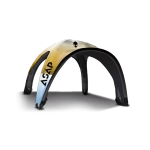 Inflatable Dome Tents
Inflatable Dome Tents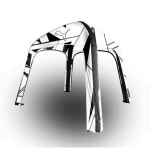 Inflatable Eclipse Tents
Inflatable Eclipse Tents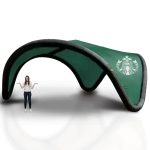 Inflatable Party Tent
Inflatable Party Tent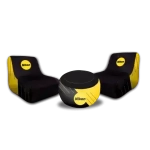 Inflatable Furniture
Inflatable Furniture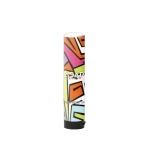 Inflatable Pillar
Inflatable Pillar
 Single Pole Star Tents
Single Pole Star Tents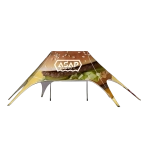 Double Pole Star Tents
Double Pole Star Tents
 15FT Inflatable Arches
15FT Inflatable Arches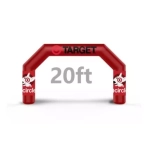 20FT Inflatable Arches
20FT Inflatable Arches 25FT Inflatable Arches
25FT Inflatable Arches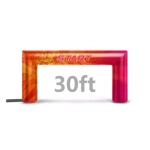 30FT Inflatable Arches
30FT Inflatable Arches 40FT Inflatable Arches
40FT Inflatable Arches 50FT Inflatable Arches
50FT Inflatable Arches Custom Constant Arches
Custom Constant Arches Custom Sealed Arches
Custom Sealed Arches
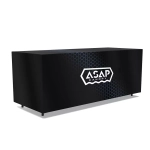 Fitted Table Covers
Fitted Table Covers Stretch-Fit Table Covers
Stretch-Fit Table Covers Loose Table Throws
Loose Table Throws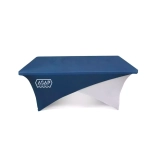 Cross-Over Stretch-Fit Table Cover
Cross-Over Stretch-Fit Table Cover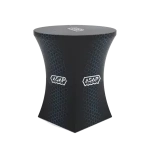 Round Stretch-Fit Table Cover
Round Stretch-Fit Table Cover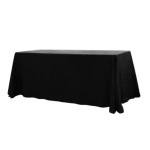 Blank Table Throws
Blank Table Throws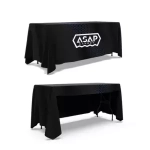 3-Sided Loose Table Throw
3-Sided Loose Table Throw Round Fitted Table Covers
Round Fitted Table Covers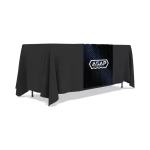 Table Runners
Table Runners Square Table Covers
Square Table Covers
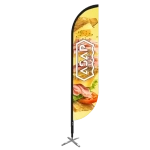 Feather Flags
Feather Flags Blade Flags
Blade Flags Feather Banner
Feather Banner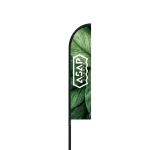 Blade Banner
Blade Banner Teardrop Flags
Teardrop Flags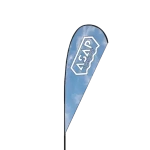 Teardrop Banner
Teardrop Banner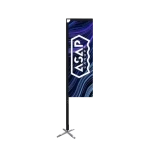 Rectangle Flags
Rectangle Flags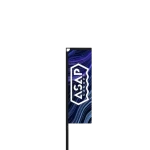 Rectangle Banner
Rectangle Banner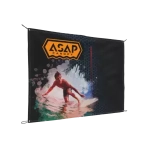 Mesh Event Banners
Mesh Event Banners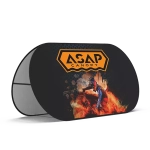 Pop Out Banner Horizontal
Pop Out Banner Horizontal Pop-Out Banner Vertical
Pop-Out Banner Vertical
 Trade Show Display
Trade Show Display Trade Show Display Kit
Trade Show Display Kit Pop Up Trade Show Display
Pop Up Trade Show Display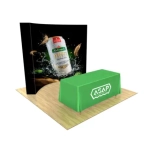 Pop Up Trade Show Display Deluxe Kit
Pop Up Trade Show Display Deluxe Kit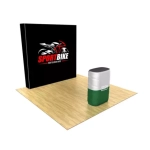 Pop Up Trade Show Display Kit
Pop Up Trade Show Display Kit TableTop Displays Kit
TableTop Displays Kit Pop Up Tabletop Display Kit
Pop Up Tabletop Display Kit Pop Up Tabletop Display
Pop Up Tabletop Display Tabletop Display
Tabletop Display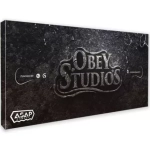 Straight Trade Show Exhibit Booth
Straight Trade Show Exhibit Booth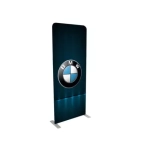 Banner Stand
Banner Stand
 Tent Accessories
Tent Accessories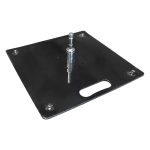 Flag Accessories
Flag Accessories Arch Accessories
Arch Accessories Trade Show Accessories
Trade Show Accessories
